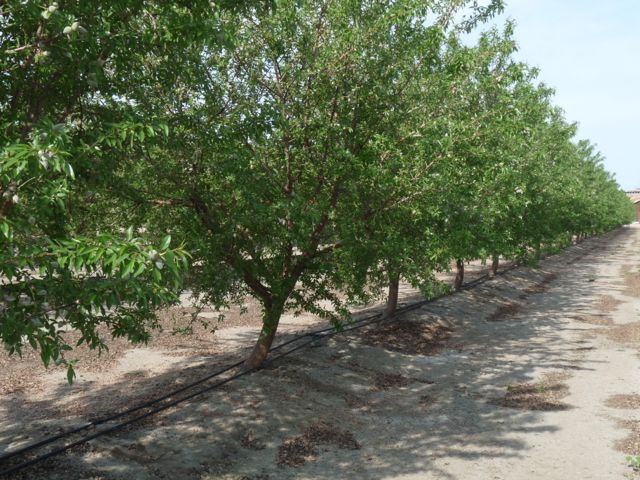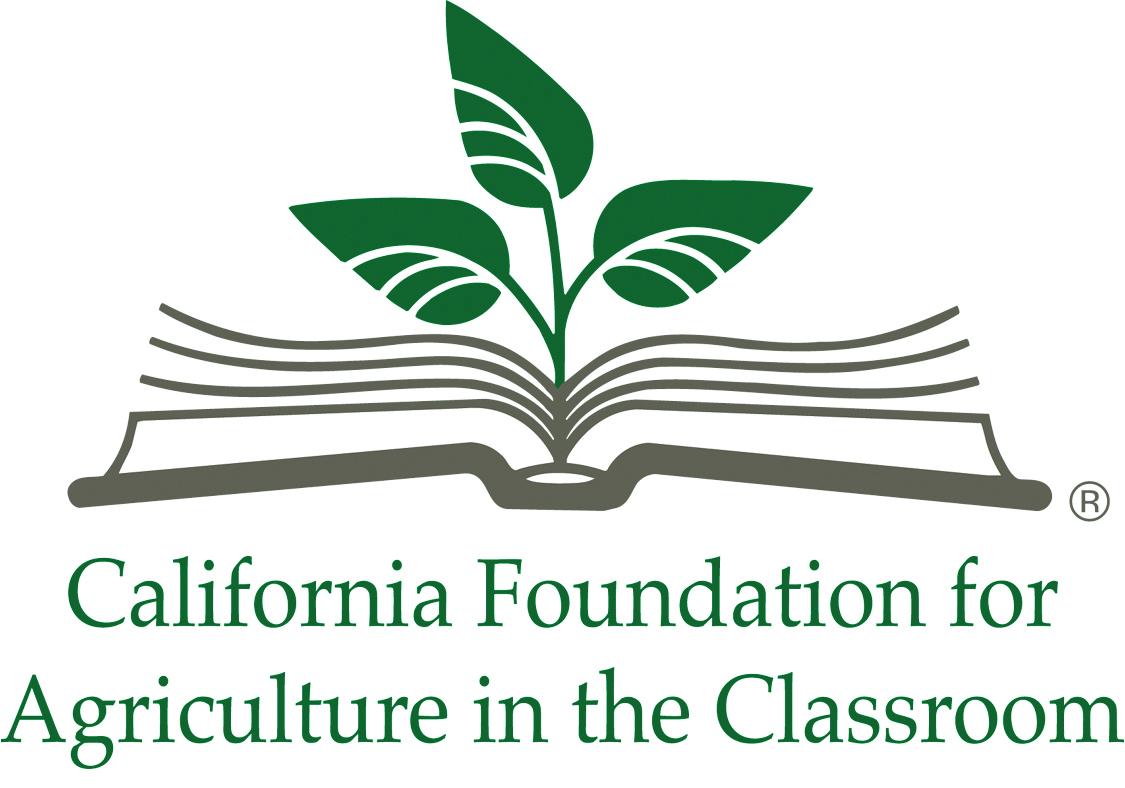Associations, Organizations, Educational and Research Institutions
UC Davis Water Policy for Food Security
UC Davis Water Policy for Food Security Global Conference
By Laurie Greene, Editor
A Global Conference for Water Policy for Food Security was held at UC Davis earlier this week to focus on global ground water supplies. Many speakers came from around the world to talk about water supplies in their own countries.
The take-home message: Supplies are limited, but growers are being very efficient and groundwater recharge is a priority.
Josette Lewis, associate director of the World Food Center at UC Davis said, “When I joined UC Davis, it was very clear that water is something in which this campus has enormous technical expertise and has expertise to inform and engage in state water policy,” she said.
“We are working with everything from farmers to state agencies that manage water resources. Part of the vision of the World Food Center is, how do we expand that impact? How can UC Davis have an impact on national and international issues? How do we get more benefit for society from what we do? It became very obvious that leveraging the expertise we had here in California to an international discussion of issues made a lot of sense.”
Lewis noted that the conversations during the two-day conference were an exchange of ideas on groundwater sustainability, “I think the quality of the discussion over the last few days exceeded our expectations,” she said.
“We really brought in some of the world’s leading experts in these areas. From talking to the participants some of them are walking away with a new and energized way of thinking about how we can create solutions to address the sustainability of our water supply and ensure that we have water available for food production globally,” Lewis said.
World Food Center at the University of California, Davis
International Food Policy Research Institute
Join the conversation on Twitter at #WaterSecurity












 “This trial and research actually monitors the amount of water and nitrogen we’re using and how much yield we’re getting under various best management scenarios,” Biscaro said, “and compares our practices to what the grower usually does.” Ultimately, the trial will help determine the yield of a celery field using best management practices, and how much water and nitrogen are required to achieve that yield.
“This trial and research actually monitors the amount of water and nitrogen we’re using and how much yield we’re getting under various best management scenarios,” Biscaro said, “and compares our practices to what the grower usually does.” Ultimately, the trial will help determine the yield of a celery field using best management practices, and how much water and nitrogen are required to achieve that yield.




 Kathy Yager, a fifth grade teacher at
Kathy Yager, a fifth grade teacher at  ed consumers in the future.
ed consumers in the future.
 Featured Programs:
Featured Programs:






